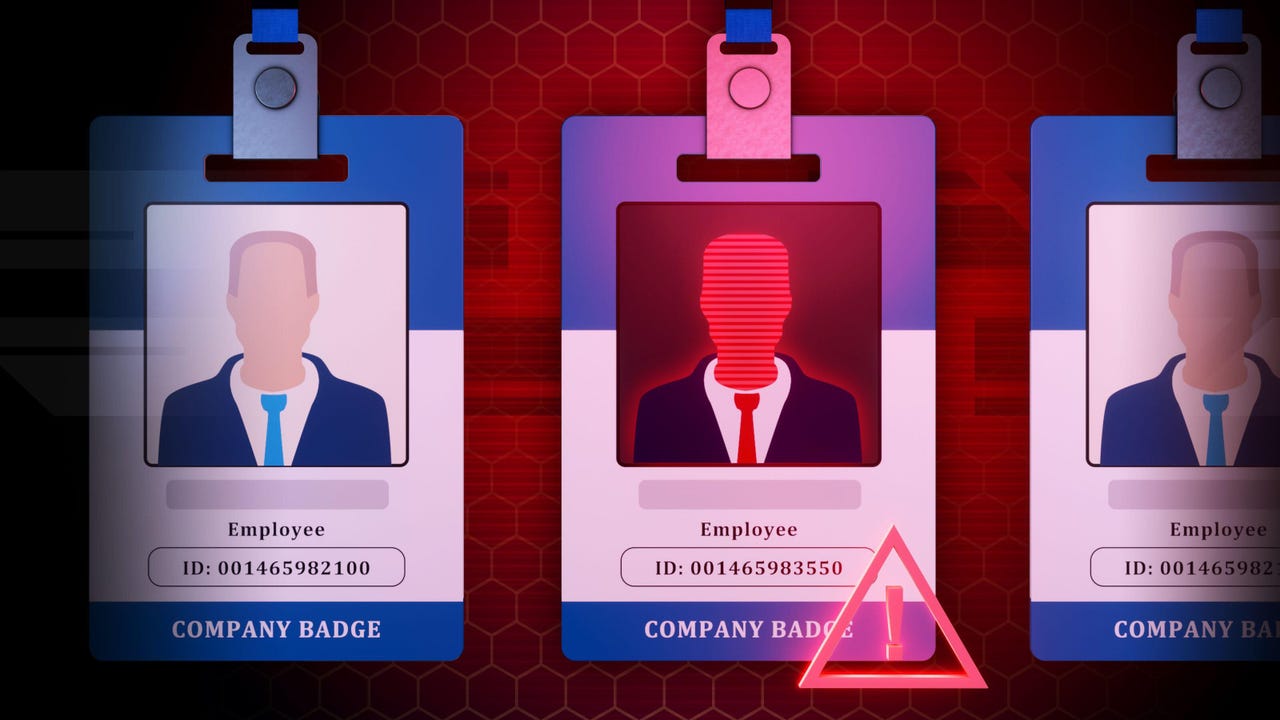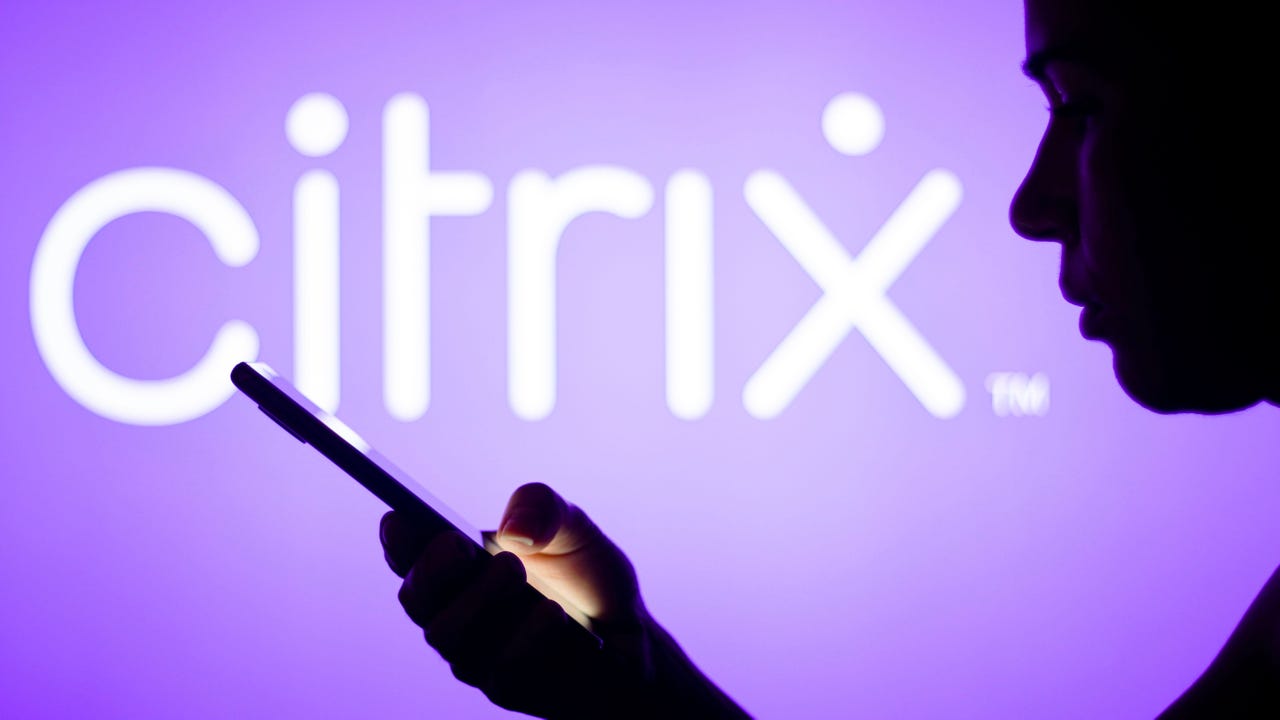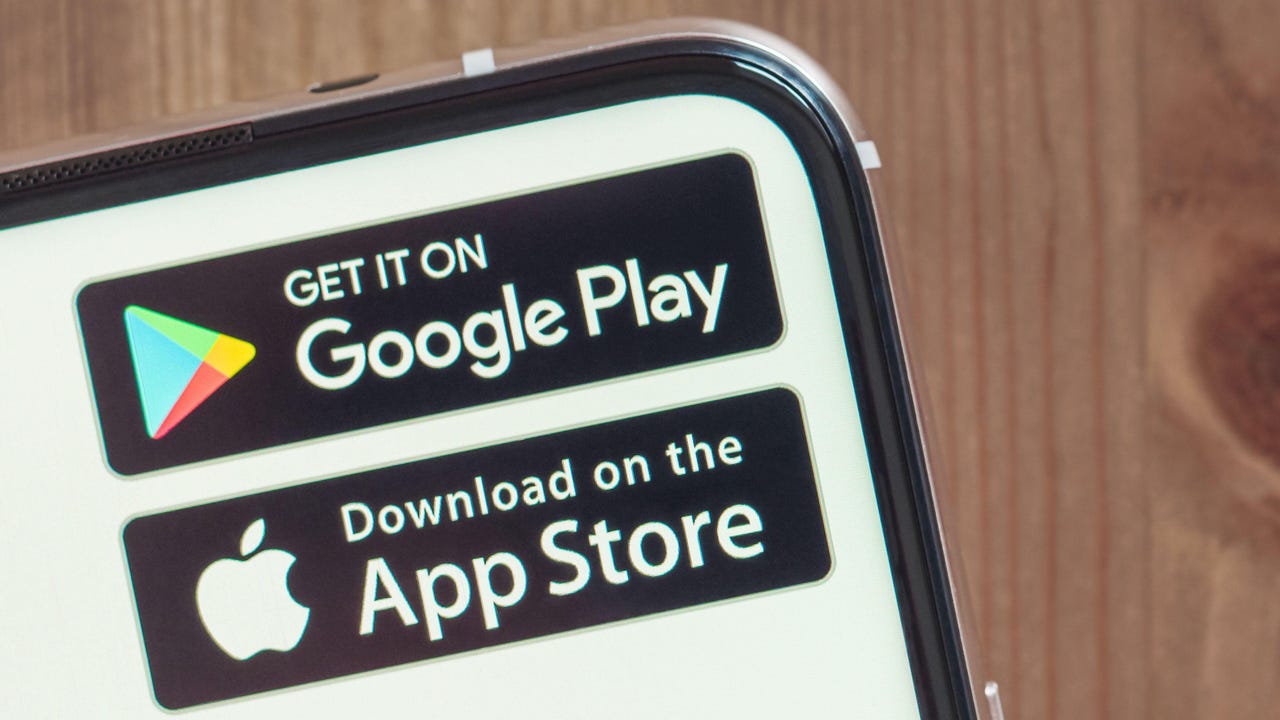Productivity Unlocked: Your Guide to Daily Inbox Processing
Hello, hello! So last week we learned about using your own inbox to capture all your to-dos into a single place? Well, if you followed my advice and did "The Great Inbox Dump," you're probably staring at a mountain of tasks and wondering, "Now what?" Don't worry, my friend. This week, we're diving into the next step of processing everything in that inbox! The goal for this part is to get your inbox to 0, meaning there is nothing left in it you need to process. This will actually be your goal every day (ish) moving forward...but more on that later. Before we dive in, you're going to need a couple of things: A trash bin. You'll likely be tossing a bunch of stuff throughout this process, so make sure it's big enough. A next actions list or stack. As you process everything, you'll be identifying what you next actions are. Instead of having to organize all of them at the same time, it's way more efficient to do that separately. During this process, it will be better to have a dedicated place to list or stack each of them (physically or digitally...whichever you prefer). Some folders to group next actions. As you'll see, there are cases where multiple actions will need to be stored together. Some people like to use manilla folders, or digital folders on their computer. Either way, have a way to group and store 2 or more actions together. A place to keep reference materials. You may find some of your items don't require you to do anything with. Some of them may just be information you want to keep around for reference. Some people like having a filing cabinet in their office for stuff like this. Or they store this information in digital folders on their computer or in the cloud. Now it's time to dive in. For each item in your inbox, we're going to play a little game of 20 Questions. Okay, it's more like 5 questions, but who's counting? Question 1: Is it actionable? This is the big one. Is there some action you need to take to address this item? If the answer is "No," don't toss it just yet! Ask yourself: Will you want or need to take action later, just not right now? Pop it into a "Maybe/Someday" list/context. This allows you to keep it on your radar, out of your head, but not have to do anything with that item right now. Is it useful information? Add it to your reference materials stack. We will organize this later. Neither of the above? To the trash it goes! Be ruthless – clutter disrupts productivity, so either organize it, or toss it! If the answer is "Yes," move on to... Question 2: What's the next action? Here's where we get specific. What's the very next individual, physical action you need to take? Does it require multiple actions? Congratulations, you've got yourself a project! Create a project folder and break that item down into bite-sized actions. For example, say your task is to "paint the bedroom". Instead of this being a single, daunting action, break it down into the actions it will take to complete. First you have to measure the room and figure out how much paint you're going to need. Then you have to run to the store to get (or hop online and order) the supplies you're going to need (painters tape, paint, brushes, etc). Then you need to move all the furniture away from the walls. Next you need to tape the edges and trim so you don't get paint on anything but the walls. Then you finally paint the walls and wait for the paint to dry. Lastly you remove the tape, put the furniture back, and put away all those left over supplies. As you can see, a single item on your todo list could actually be a project that requires many actions! Can you do it in under 2 minutes? Don't even bother writing it down – just do it now! You may remember this from Tip #4 in this series, Productivity Unlocked: The Two-Minute Rule. Can someone else do it? Delegate, baby! It's not lazy, it's efficient. Save your energy for the things only you can do! Does it need to be done on a specific day or time in the future? Add it to your calendar. Just make sure there are no additional actions you need to do before that date/time. Like if the task is Attend board meeting on May 23, but you need to prepare a performance report for you team to take with you to that meeting, this would be a project where you would need to gather information a week before the meeting, compile a report, and then attend the board meeting. Always think in terms of individual actions. If none of the above apply, add it to your "Next Actions" list. This is where the magic happens! And that's it! So simple. Just go item by item, asking these questions for each one. By the end, everything will have been processed and either be in the trash, your filing system for reference, or have a Next Action associated with it. A Couple Rules to Follow While this process is very simple, there are a couple rules you should always follow as you're going through it to avoid falling into some traps. Nothing goes back i
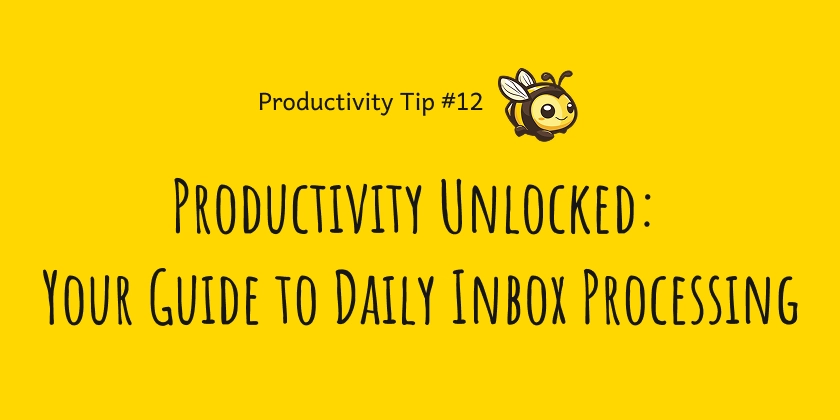
Hello, hello! So last week we learned about using your own inbox to capture all your to-dos into a single place? Well, if you followed my advice and did "The Great Inbox Dump," you're probably staring at a mountain of tasks and wondering, "Now what?" Don't worry, my friend. This week, we're diving into the next step of processing everything in that inbox!
The goal for this part is to get your inbox to 0, meaning there is nothing left in it you need to process. This will actually be your goal every day (ish) moving forward...but more on that later.
Before we dive in, you're going to need a couple of things:
- A trash bin. You'll likely be tossing a bunch of stuff throughout this process, so make sure it's big enough.
- A next actions list or stack. As you process everything, you'll be identifying what you next actions are. Instead of having to organize all of them at the same time, it's way more efficient to do that separately. During this process, it will be better to have a dedicated place to list or stack each of them (physically or digitally...whichever you prefer).
- Some folders to group next actions. As you'll see, there are cases where multiple actions will need to be stored together. Some people like to use manilla folders, or digital folders on their computer. Either way, have a way to group and store 2 or more actions together.
- A place to keep reference materials. You may find some of your items don't require you to do anything with. Some of them may just be information you want to keep around for reference. Some people like having a filing cabinet in their office for stuff like this. Or they store this information in digital folders on their computer or in the cloud.
Now it's time to dive in. For each item in your inbox, we're going to play a little game of 20 Questions. Okay, it's more like 5 questions, but who's counting?
Question 1: Is it actionable?
This is the big one. Is there some action you need to take to address this item?
If the answer is "No," don't toss it just yet! Ask yourself:
- Will you want or need to take action later, just not right now? Pop it into a "Maybe/Someday" list/context. This allows you to keep it on your radar, out of your head, but not have to do anything with that item right now.
- Is it useful information? Add it to your reference materials stack. We will organize this later.
- Neither of the above? To the trash it goes! Be ruthless – clutter disrupts productivity, so either organize it, or toss it!
If the answer is "Yes," move on to...
Question 2: What's the next action?
Here's where we get specific. What's the very next individual, physical action you need to take?
Does it require multiple actions? Congratulations, you've got yourself a project! Create a project folder and break that item down into bite-sized actions. For example, say your task is to "paint the bedroom". Instead of this being a single, daunting action, break it down into the actions it will take to complete. First you have to measure the room and figure out how much paint you're going to need. Then you have to run to the store to get (or hop online and order) the supplies you're going to need (painters tape, paint, brushes, etc). Then you need to move all the furniture away from the walls. Next you need to tape the edges and trim so you don't get paint on anything but the walls. Then you finally paint the walls and wait for the paint to dry. Lastly you remove the tape, put the furniture back, and put away all those left over supplies.
As you can see, a single item on your todo list could actually be a project that requires many actions!
Can you do it in under 2 minutes? Don't even bother writing it down – just do it now! You may remember this from Tip #4 in this series, Productivity Unlocked: The Two-Minute Rule.
Can someone else do it? Delegate, baby! It's not lazy, it's efficient. Save your energy for the things only you can do!
Does it need to be done on a specific day or time in the future? Add it to your calendar. Just make sure there are no additional actions you need to do before that date/time. Like if the task is Attend board meeting on May 23, but you need to prepare a performance report for you team to take with you to that meeting, this would be a project where you would need to gather information a week before the meeting, compile a report, and then attend the board meeting.
Always think in terms of individual actions.
If none of the above apply, add it to your "Next Actions" list. This is where the magic happens!
And that's it! So simple. Just go item by item, asking these questions for each one. By the end, everything will have been processed and either be in the trash, your filing system for reference, or have a Next Action associated with it.
A Couple Rules to Follow
While this process is very simple, there are a couple rules you should always follow as you're going through it to avoid falling into some traps.
Nothing goes back into the Inbox - Once you grab an item for processing, it should never be put back in the inbox. This can be tempting, especially for those complex or difficult tasks you just don't want to deal with right now. Avoid this urge at all costs! You have to process everything in your inbox anyways. It's far better to just do it now.
Focus on individual actions - Every one of your tasks can be broken down into 1 or more individual actions you need to take. There may be a lot of actions listed, but there is a reason in the madness. It's easy for us to avoid a large, daunting task like, "Clean the house before mom comes to visit", which is made up of lots of individual actions. However, it's much more approachable to tackle a single action like, "Dust the mantle above the fireplace" or "Sweep the living room". You still may not want to do it, but it's a much easier pill to swallow.
Organize into Contexts
Alright, you've gone through all the tasks and reached Inbox 0. Now what? You have a full trash bin, a pile of reference materials, and a stack of Projects and Next Actions. What are you supposed to do with them? Let's go step by step:
- Take out the trash. You don't need it anymore.
- File your reference materials somewhere. Whatever system works for you. Just make sure it's organized clearly so you can retrieve the materials when you want or need them. I personally like to use a digital version of the Zettelkasten system for my notes and reference materials (if you're interested, I highly recommend Sönke Ahrens' How to Take Smart Notes and Tiago Forte's Building a Second Brain)
- Organize all your next actions into contexts. If you look back to Tip #7, The Art of Context: A Game-Changing Approach to Task Management, you'll find all the info on how to make use of contexts to organize all your Next Actions!
And that's it! You know everything you need to do, and exactly what the next action is for each item on the list, it's time to start doing.
The Daily Ritual
Now that you have all your next actions organized and ready for you to tackle, don't lose this momentum! Everyday, as new tasks get added to your plate, add them to your inbox. Make this your default, go to, single place to put stuff. Then, at least once a day, process them all and reach Inbox 0. As you build this habit, you will be amazed at how efficient and productive you you become.
The Payoff
Congratulations! You've now transformed your overflowing inbox into a well-oiled productivity machine. By regularly processing your inbox and organizing your tasks into actionable steps and contexts, you'll always know exactly what needs to be done and when.
Remember, this process might feel a bit overwhelming at first, but stick with it. Soon, it'll become second nature, and you'll wonder how you ever managed without it.
So, what are you waiting for? Grab that inbox and start processing! Your future, super-productive self is cheering you on. Until next time, keep being awesome and getting things done!























































































































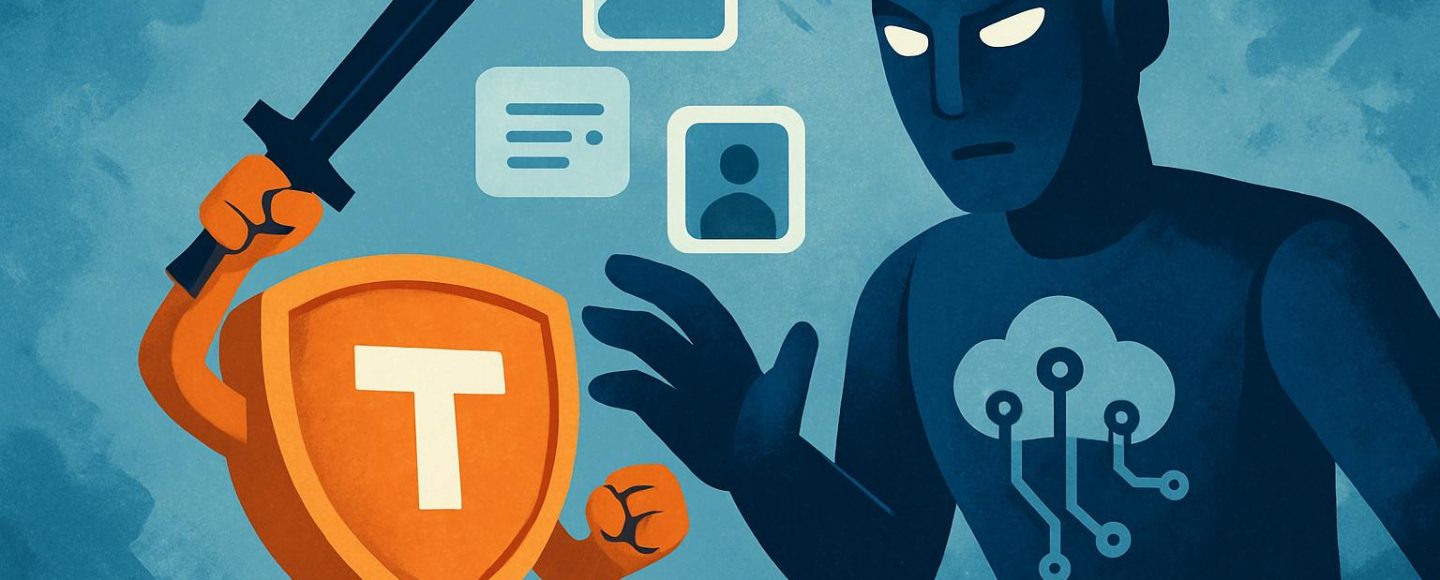






















































![[The AI Show Episode 156]: AI Answers - Data Privacy, AI Roadmaps, Regulated Industries, Selling AI to the C-Suite & Change Management](https://www.marketingaiinstitute.com/hubfs/ep%20156%20cover.png)
![[The AI Show Episode 155]: The New Jobs AI Will Create, Amazon CEO: AI Will Cut Jobs, Your Brain on ChatGPT, Possible OpenAI-Microsoft Breakup & Veo 3 IP Issues](https://www.marketingaiinstitute.com/hubfs/ep%20155%20cover.png)

















































































































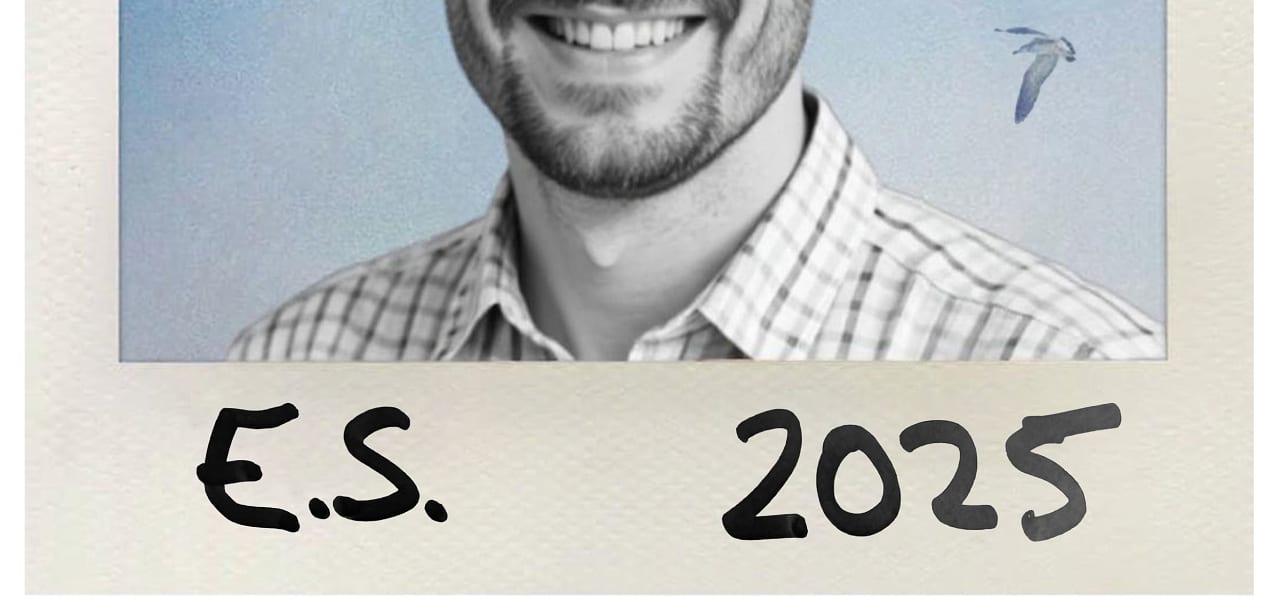







![Rust VS Go VS TypeScript – which back end language is for you? With Tai Groot [Podcast #176]](https://cdn.hashnode.com/res/hashnode/image/upload/v1750974265013/73f79068-0087-4c39-8a8b-feea8cac873b.png?#)





















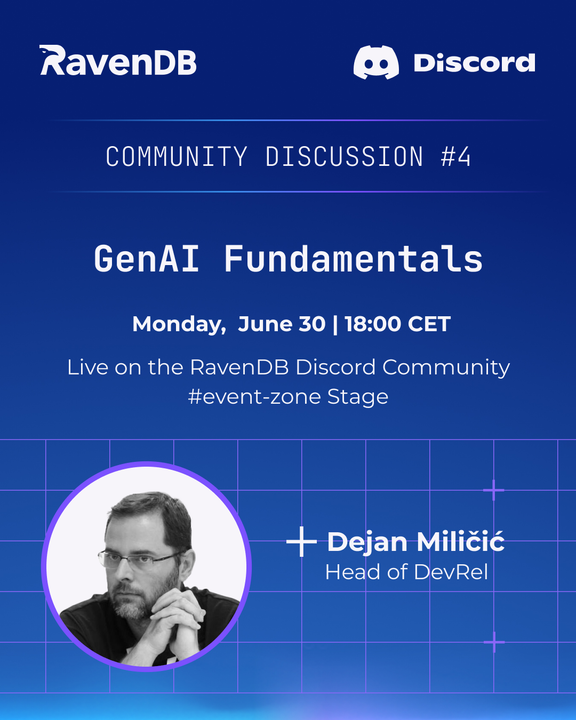

























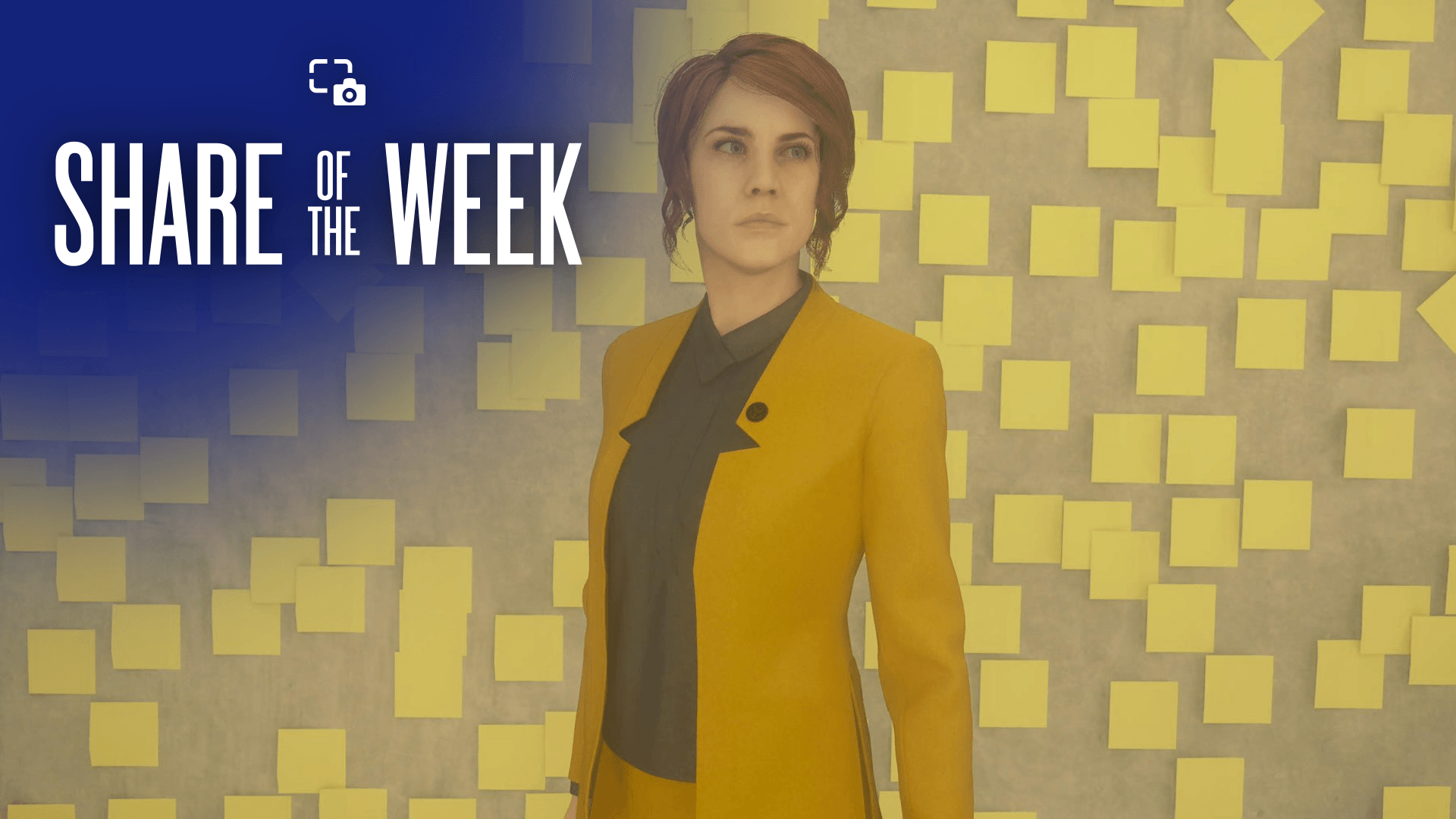
























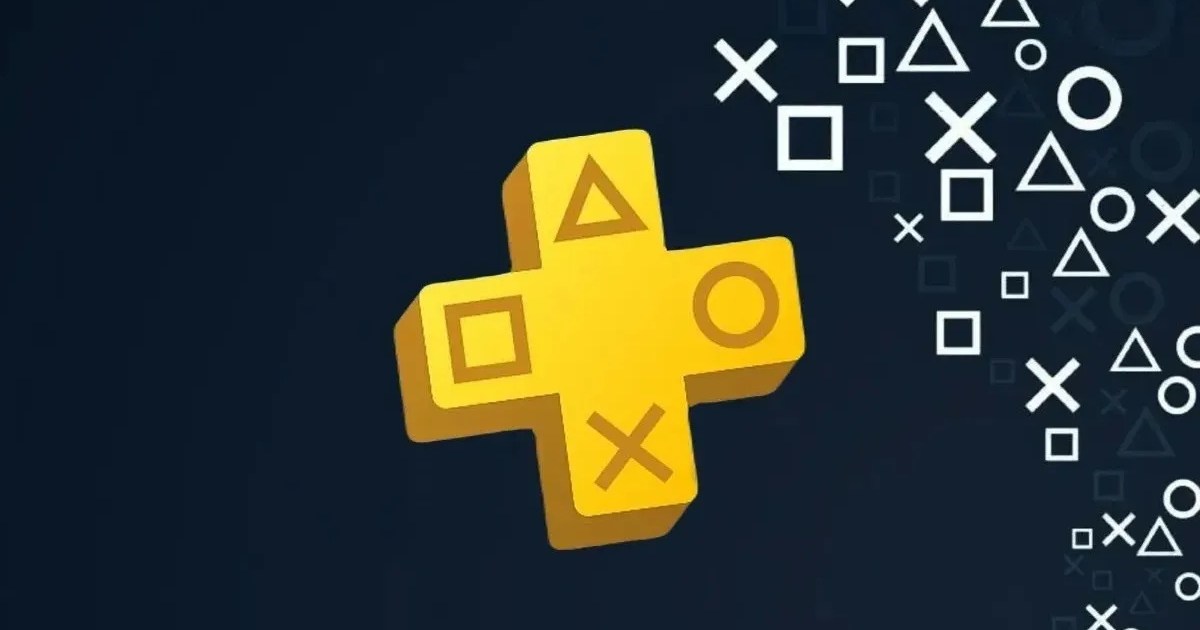











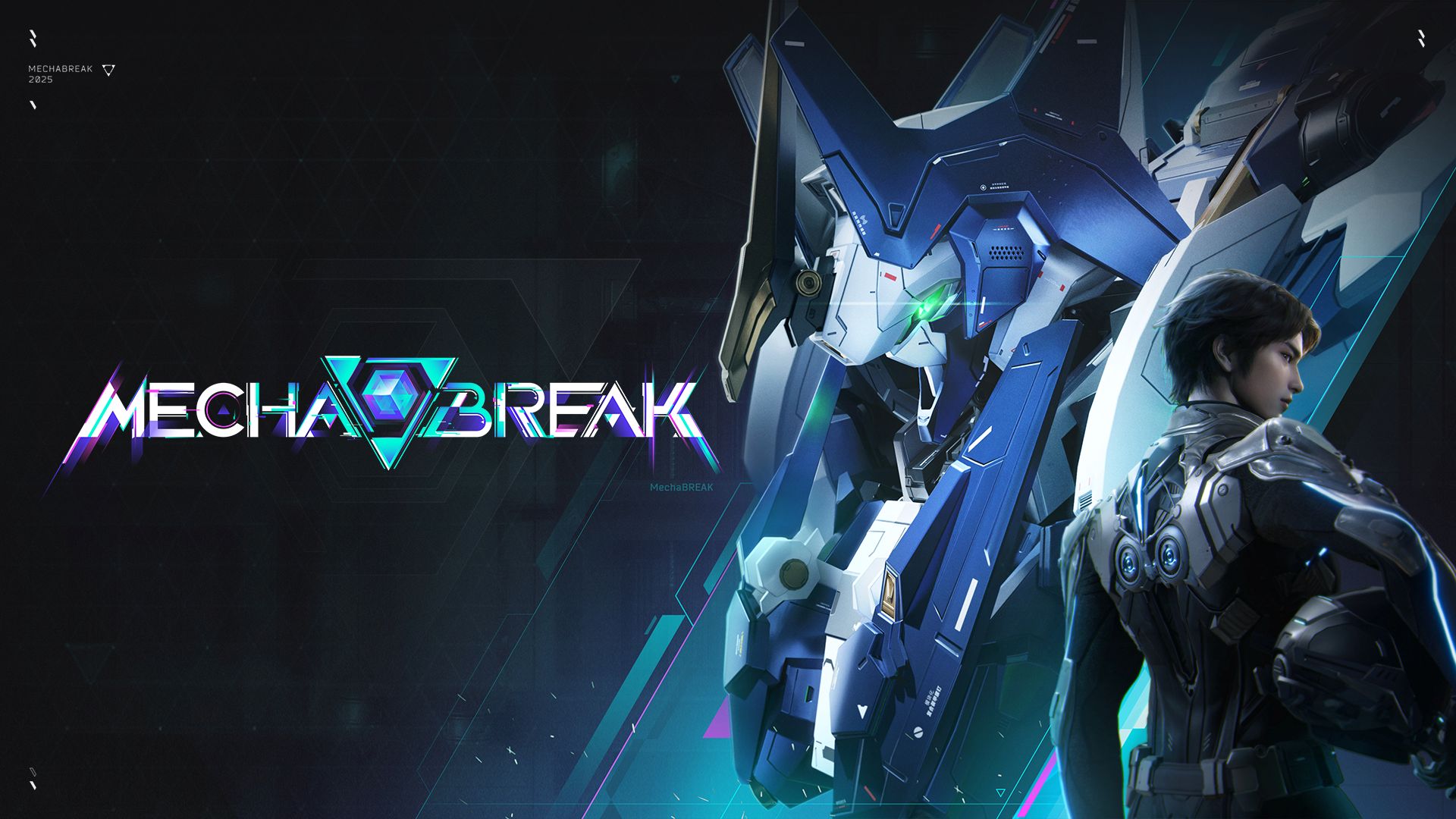
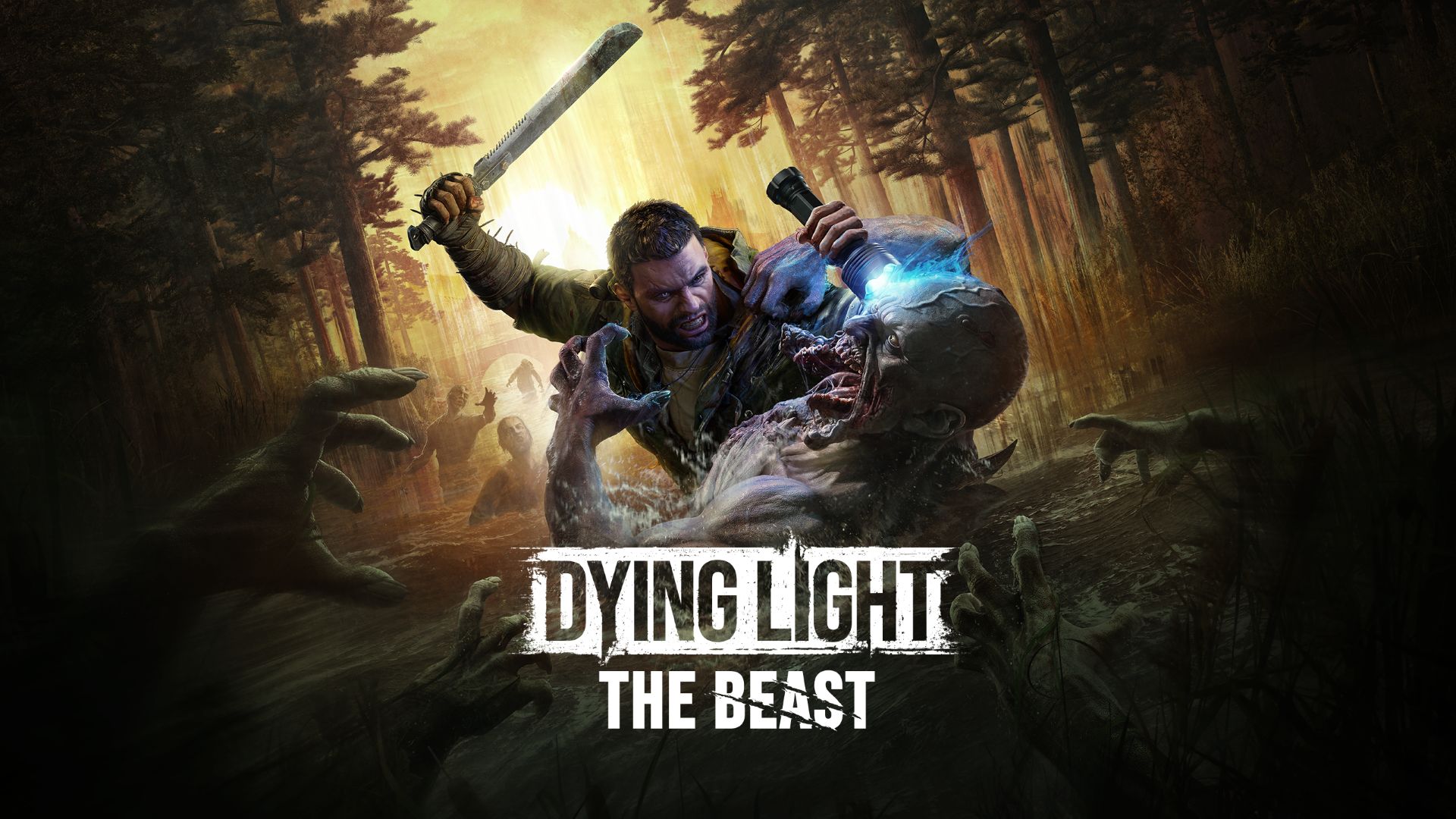








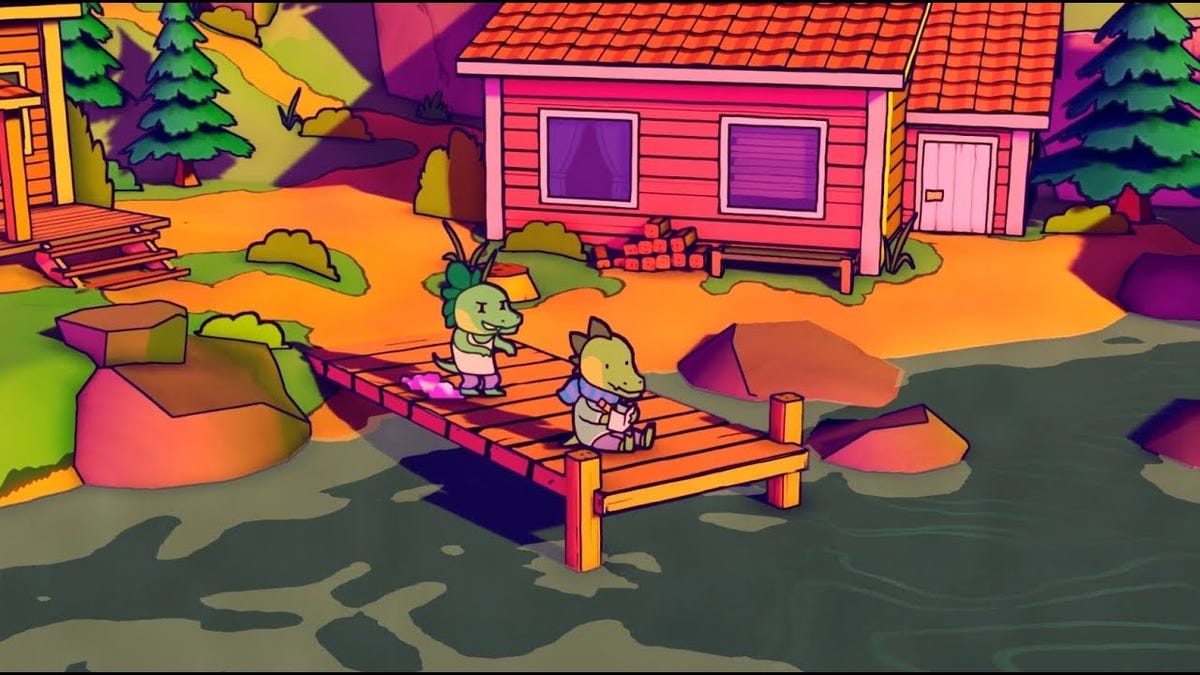

















.jpg?width=1920&height=1920&fit=bounds&quality=70&format=jpg&auto=webp#)
























